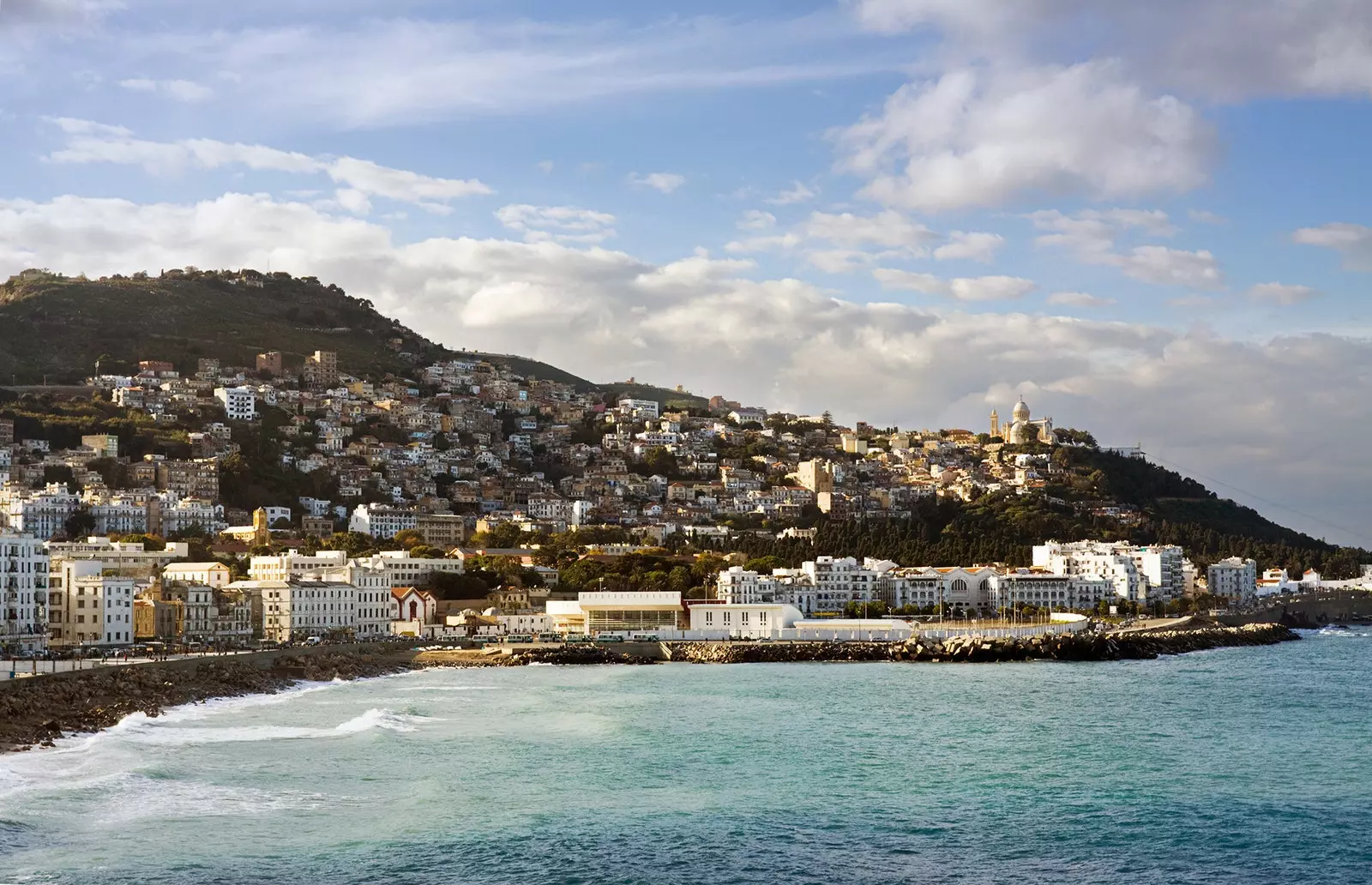
View of the coast of the Bay of Algiers
Arriving in Algiers can be devastating. The boardwalk is a succession of chipped colonial buildings, car smoke and dilapidated streets. And when we say dilapidated it is not a whim: some parts of the medina or the new area give the feeling of being recent victims of a war attack.
The balcony that overlooks the Mediterranean, therefore, is a worn balcony: maintains its colonial past, but battered by years of neglect. Left to the whim of marine rust and the ups and downs of port trade.
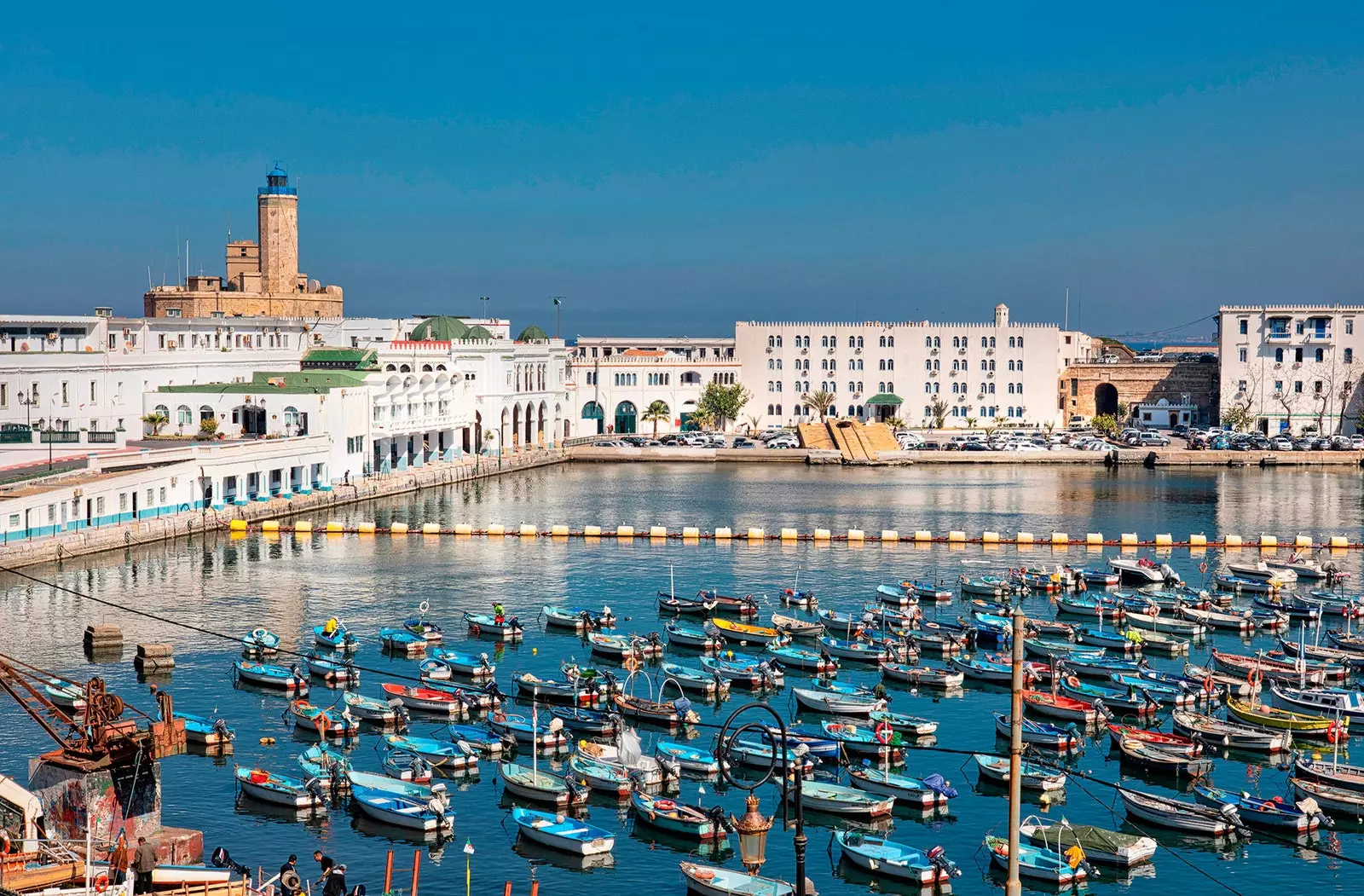
Almost everything orbits around the avenue next to the sea
However, this first impression of decrepitude and dirt fades as you walk without expectation, stopping at small cafes, watching the movement of moneychangers, sailors or schoolchildren and savoring the routine in this North African city with hardly any tourism.
Almost everything revolves around the avenue next to the sea, the kasbah or the modern part, full of shops and parks. In the capital, the Algerians drag an often hectic life. Pending the mobile and at a fast pace, their 3.4 million inhabitants they move in taxis, buses and on foot from one place to another. They walk tied between offices or institutional buildings. But there are gaps of peace, where the essence of the Maghreb – smoking a water pipe, savoring mint tea – provides a respite.
Beyond stopping in the middle of the hustle and bustle, the visit of Algiers can begin in this artery facing the water, observing the boats that transport containers, those that cross to the peninsula or the fish restaurants without many customers.
The most common deviation usually begins in the La Grande Poste Square , a terraced garden where protests against President Abdelaziz Bouteflika, who resigned after two decades in power, emerged at the beginning of the year. Even some graffiti against the regime remain -skulls on streetlights, images of Che- or banners held out by protesters who have managed to avoid the ubiquitous police presence.
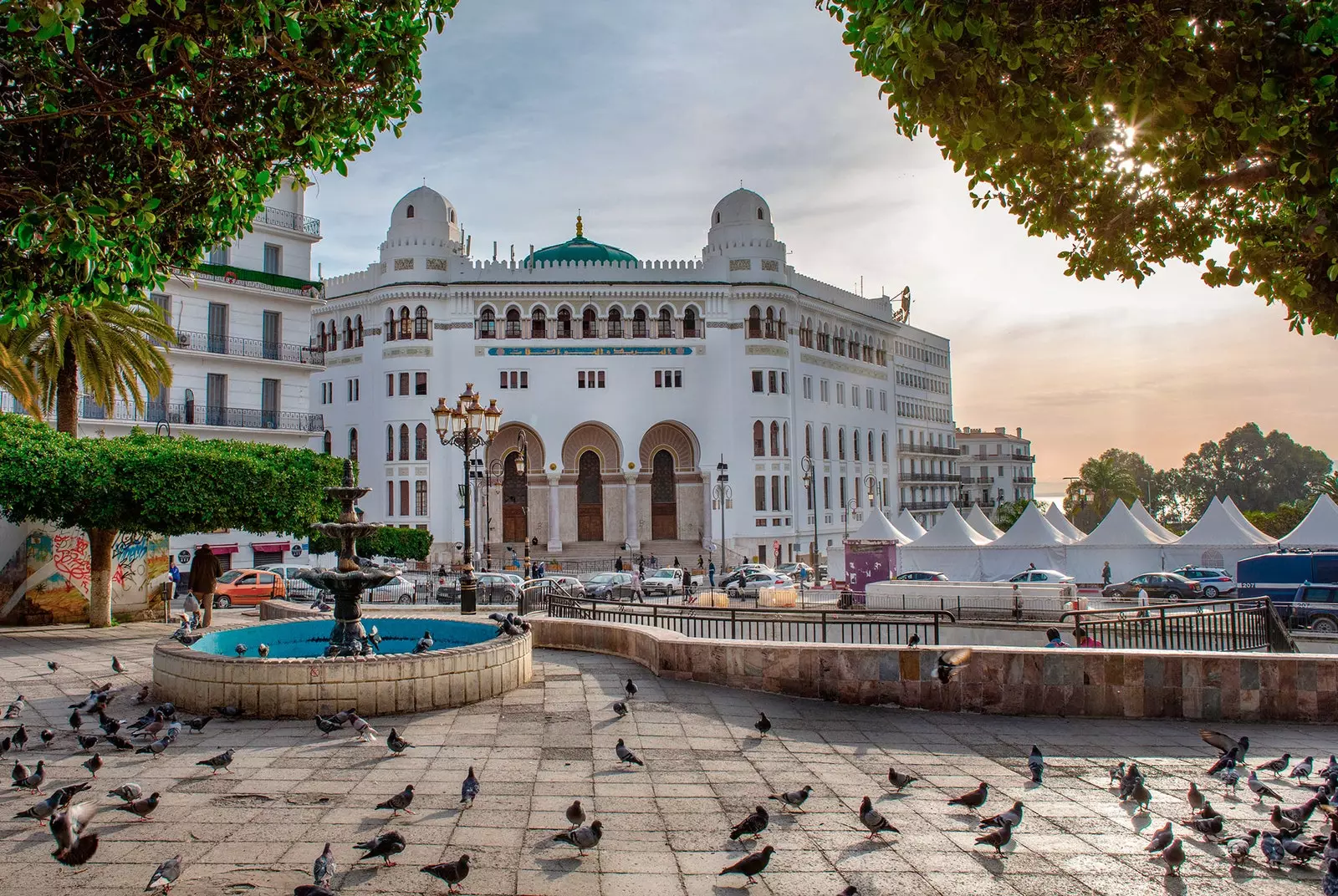
La Grande Poste Square
Around it, apparently closed cinemas, hotels with a more glorious past, restaurants serving typical (the chains have not yet landed in Algeria), bank headquarters and soot-stained housing blocks, with satellite dishes sprouting from their facades and blankets spread out.
It is a good place to taste some spicy dishes: couscous, the culinary emblem of the Maghreb, is joined by an abundant offer that comes from a fusion of Arabic, French and Middle Eastern styles. Since the marinated skewers to chicken or veal lasagna, passing through the possibility of legumes or salads with onion, beetroot and pepper, leaving aside those fishermen's places where seafood or grills crown a feast more than enough for palates with a tendency to exploration.
Undertaking the walk parallel to the water, one can go into Larbi Ben Medi street and come across in a few meters the ** Museum of Contemporary Art ,** a large building where the void is the most contemplated work, and the Film Museum, a cubicle with posters of great productions such as The Battle of Algiers, directed by Gillo Pontecorvo in 1966. Its viewing is more than recommended for two reasons: for the rawness of its black and white sequences and for the historical approximation to a country whose independence dates back to 1962, after 12 years of war against the French.
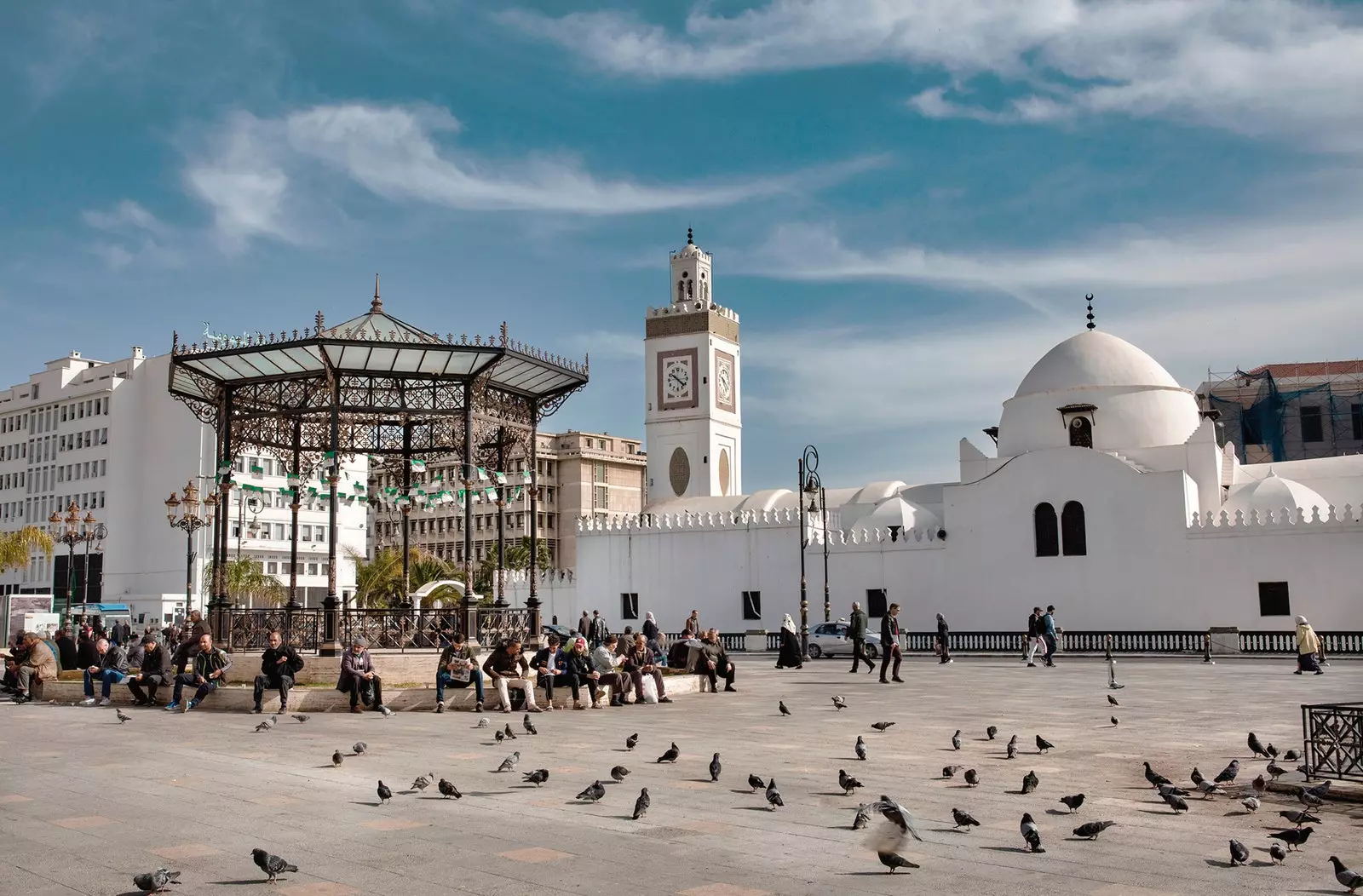
Martyrs' Square
Continuing in a straight line, we reach the square of the martyrs , an area bordered by wide roads, with little luster, where the money game makes its appearance: the value of the currency in the banks is controlled by the strong state tariffs, then the same is to do it in the street, where the value is much higher.
Dozens of moneychangers tend to gather in arcades, waiting for whoever tries to air their euros. With wads of bills that can be confused with papyri rescued from a shipwreck, the passer-by is besieged by a grim bunch of fingers that calculate amounts on analog mobiles.
On the north slope is the National Museum of Arts and Popular Traditions, easily expendable. To West, the Great Mosque or Jamaa El Kebir, No notable attractions. And alleys that access the kasbah , name by which the walled buildings in the center of the Arab metropolises are known.
Going into these alleys does not respond to any of the predetermined ideas of these spaces. The riads, the spice stalls, the rooftops with panoramic views of the city or the suggestive corners decorated with henna become a labyrinth of half-fallen houses. It is saved by the friendliness of the people and the glimpse of mosques such as those of Ketchaoua or Jamaa El Jedid.
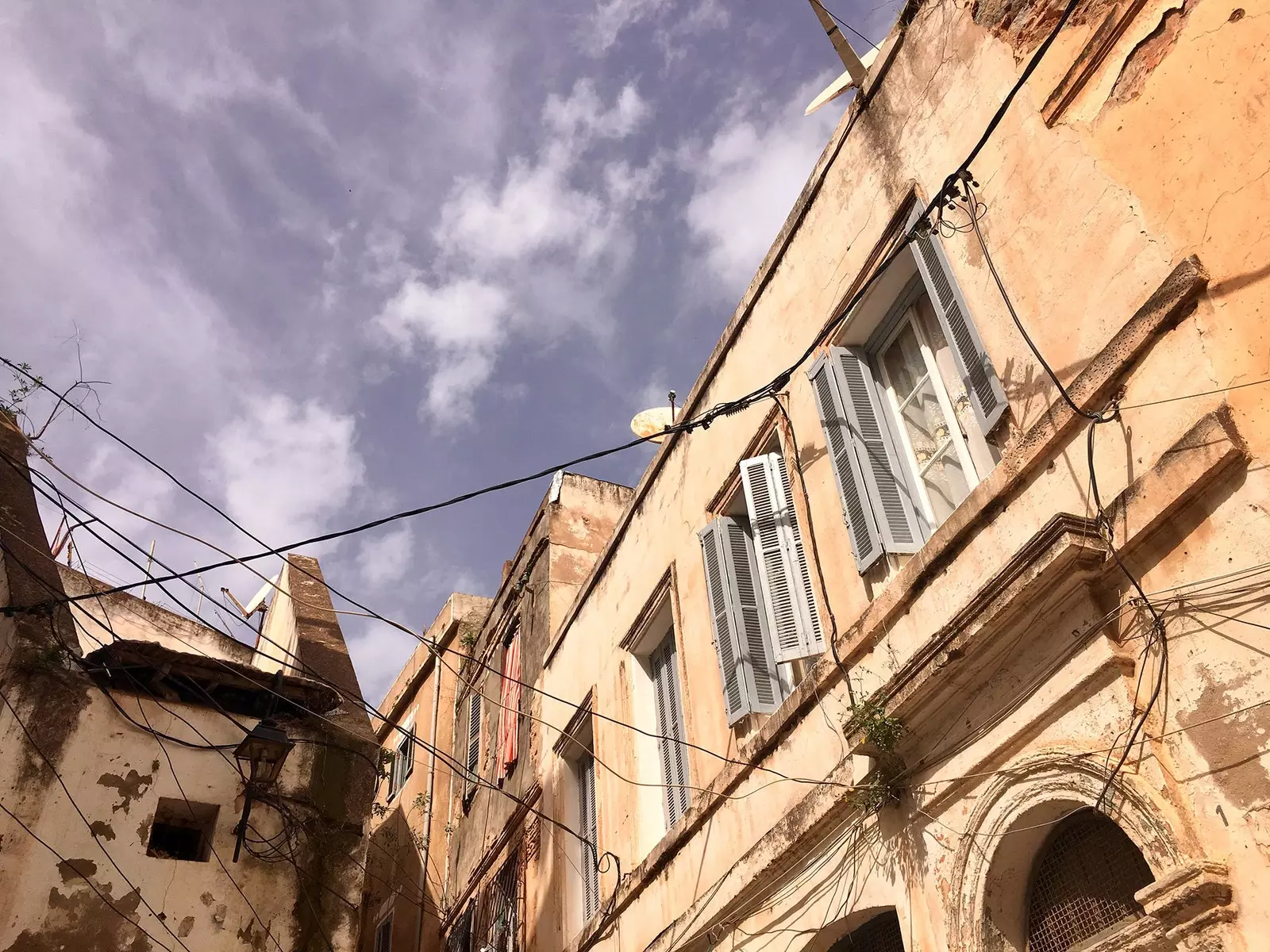
A walk inside the 'kasbah'
Leaving this inner city lame without a cafe in Tantonville, mythical venue in the Port Saïd square. This establishment with more than a century of existence (it was founded in 1890) is the bohemian corner of the neighbors. Photos of illustrious creators and writers populate its walls, and on the tables outside you can organize gatherings with the most restless of the city, dressed in openwork guerrilla berets or reading newspapers (on paper!) while chaining cigarettes.
Close, it competes Les Cinq Avenues , an ice cream shop and cafe with vintage tiles and large windows. Sufficient supply to pull towards the two most affluent monuments within the urban perimeter: the Basilica Notre Dame de Africa and the Monument of the Martyrs.
The Monument of the Martyrs is a tribute to those who fell during the war. It was inaugurated in 1982, for the 20th anniversary of independence. Simulates a pyramid made up of three concrete palm leaves and maintains an eternal flame in the center, guarded by statues of soldiers. It is reached between motorway ring roads.
The church of Notre Dame de Africa is on top of the northern hill of the city. It is a small Catholic temple opened in 1872 with frescoes that allude to harmony: "Notre Dame of Africa, pray for us and for the Muslims," says a prayer in front of the choir. It is located on the edge of a 124 meter cliff that allows you to enjoy one of the best views of Algiers.
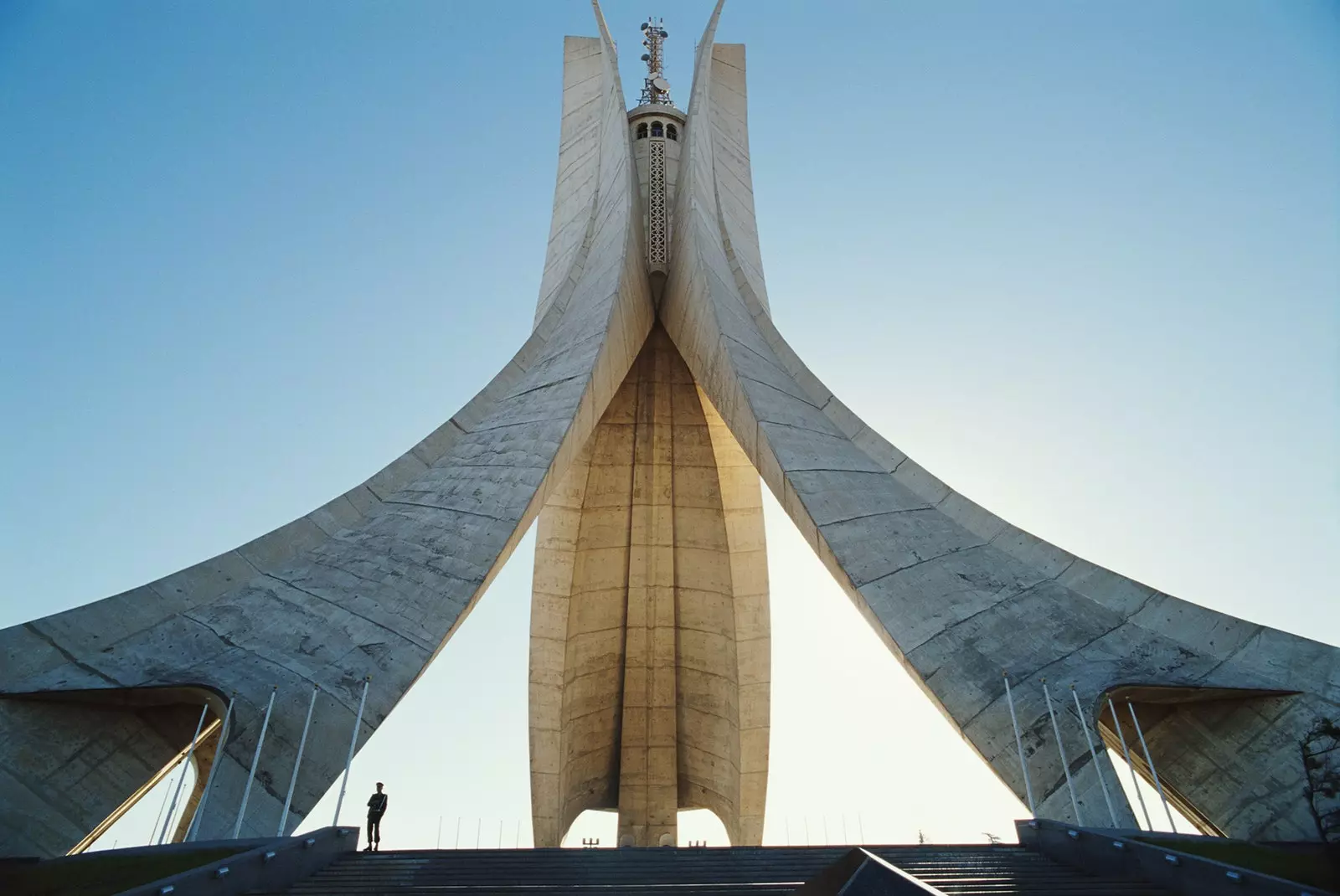
Martyrs Monument
And if you want to end the visit with a gift off the beaten path, it is best to go to Tipasa. At 68 kilometers, these Roman ruins they are a glimpse into the past in common with Algeria. Located between hills, with a cove in the background, the citadel welcomed up to 20,000 residents in the 4th century BC.
It was one of the bastions of the Empire declared ** World Heritage Site by UNESCO in 1982.** Still tombs, pieces of mosaics and death rattles from other times are preserved between paths taken by the grass.
A joy that provides a clean view of the Mediterranean. This time, despite its age, less worn.
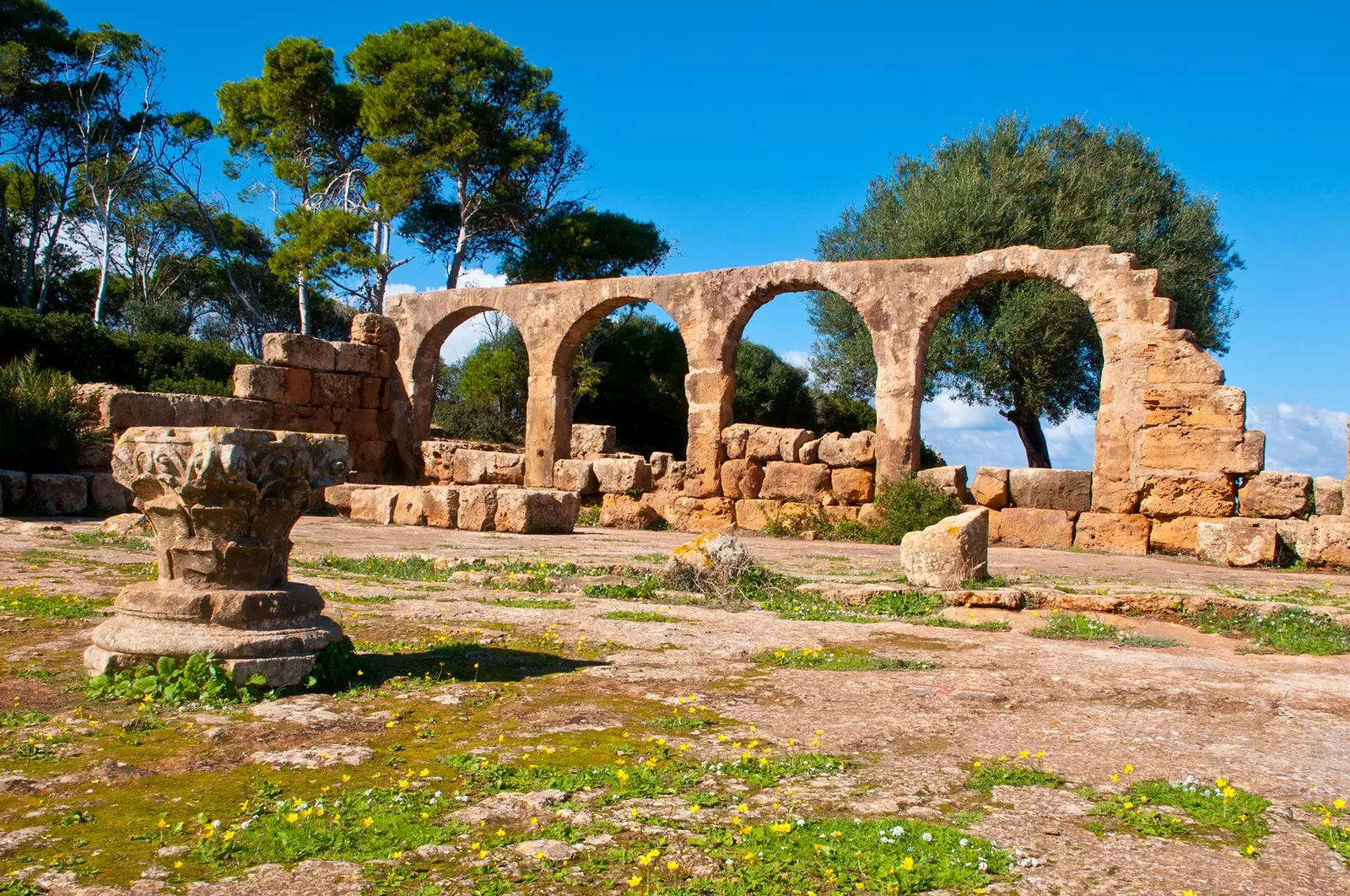
Typase
